Cable lateral raise is a potent weapon in the arsenal of anyone aiming to build strong, round and defined deltoids. This exercise is designed to target the lateral or side deltoid muscles, which contribute to the width and 3D-like aesthetics of the shoulders. In this article, we’ll guide you through the proper technique and tips for performing cable lateral raise effectively, ensuring that you maximize muscle engagement and minimize the risk of injury. Moreover, we will also look at all the benefits and variations of this exercise so that you can try out other alternatives of it while getting all the amazing benefits. Let’s get started.
The Anatomy of Cable Lateral Raise
Before delving into the exercise itself, let’s briefly review the anatomy involved. Cable lateral raise primarily targets the lateral deltoid, which is situated on the outer part of the shoulder. This muscle is responsible for lifting the arms away from the body, a movement known as shoulder abduction. A strong lateral deltoid not only enhances the aesthetics of the shoulders by giving them a 3D & round look but also contributes to functional upper body movements.
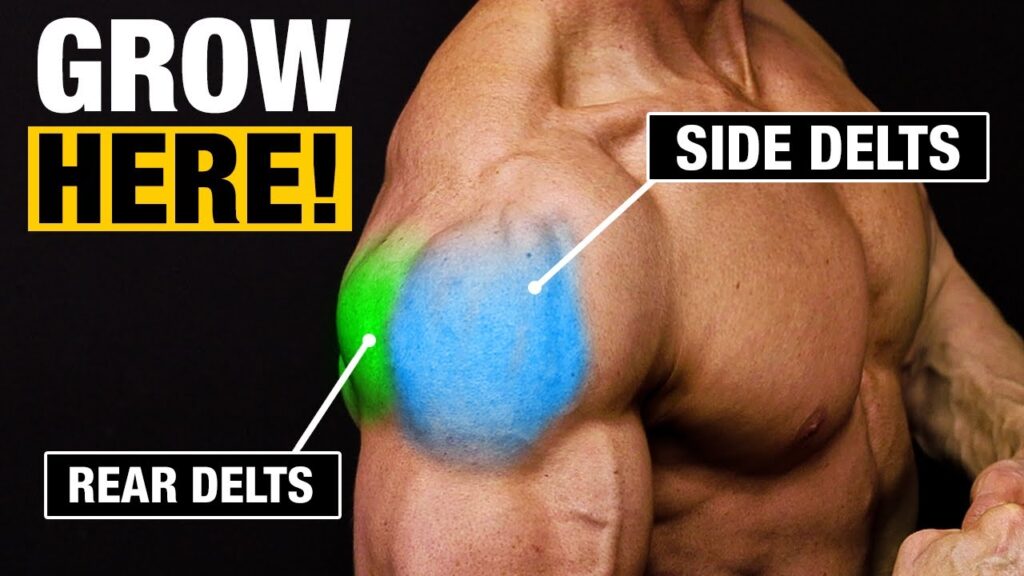
Performing Cable Lateral Raise: Step by Step Guide!
Here’s a step-by-step guide on how to perform cable lateral raise with correct form to ensure you get the best out of it without getting unnecessarily injured.
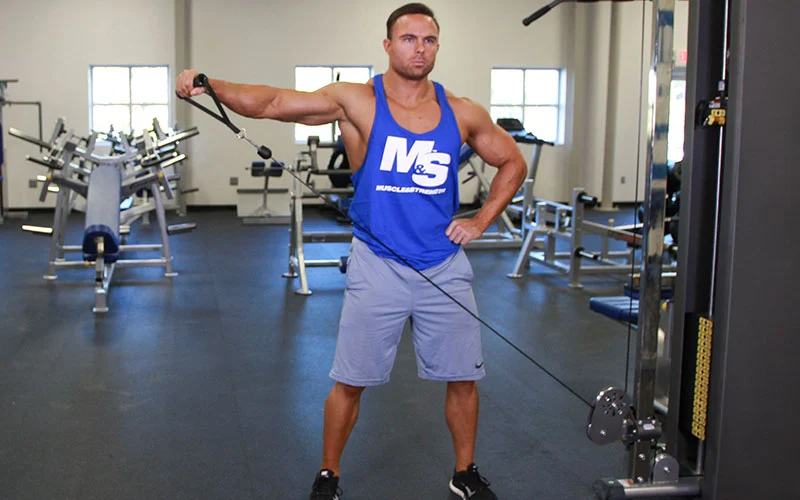
Set Up
– Begin by adjusting the cable machine with a D-handle attachment at a height approximately level with your shoulders.
– Stand and face the machine with your feet shoulder-width apart and a slight bend in your knees.
– Grab the handle with the hand opposite the working shoulder. For example, if you’re targeting your left lateral deltoid, use your right hand to hold the handle.
Body Position
– Keep your core engaged while maintaining an upright posture throughout the exercise.
– Your working arm should be extended straight down alongside your body, with a slight bend in the elbow. This is your starting position.
Execution
– Initiate the movement by raising your working arm out to the side in a controlled manner.
– Keep your wrist neutral and your elbow slightly bent to avoid excessive stress on the joint.
– As you raise your arm, focus on using the lateral deltoid to lift the weight. Avoid using momentum or swinging.
– Continue lifting until your arm is parallel to the floor or slightly below shoulder level and feel the contraction in your lateral deltoid.
Pause and Squeeze
– Hold the top position for a brief moment, focusing on the contraction in your lateral deltoid.
– This pause allows you to maximize muscle engagement and ensures that you’re performing the exercise with intention.
Lowering Phase
– Slowly lower the handle back to the starting position in a controlled manner. Maintain the slight bend in your elbow.
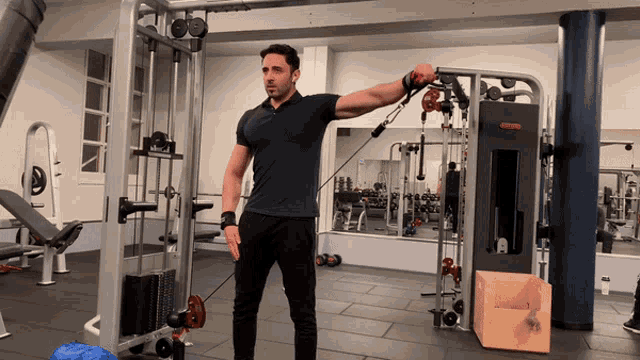
Complete the Set
– Repeat the movement for 8 to 12 repetitions on one side.
– After completing the set, switch to the other side and perform the same number of repetitions.
Tips for Effective Cable Lateral Raise
1. Controlled Movement:
Focus on controlled and deliberate movements throughout the exercise. Avoid jerking, swinging or using momentum to lift the weight.
2. Mind-Muscle Connection:
Concentrate on engaging the lateral deltoid as you lift the weight. Visualize the muscle working to ensure maximum activation.

3. Avoid Leaning:
Keep your torso steady and avoid leaning to the opposite side as you raise the weight. This helps maintain proper muscle isolation.
4. Appropriate Weight:
Choose a weight that challenges your lateral deltoid without compromising your form. You should be able to complete the desired number of repetitions with proper technique.
5. Breathing:
Inhale as you lower the weight and exhale as you lift it. This breathing pattern can help stabilize your core and provide enough oxygen in your working muscles.
6. Warm-Up:
Prioritize a proper warm-up to prepare your shoulder joints and muscles for the exercise. Dynamic stretches and light sets can be beneficial.
Benefits of Cable Lateral Raise
While we all know the primary benefit of doing cable lateral raise, there are still numerous benefits that it offers. Let’s know 10 most impressive benefits of this exercise.
Precise Muscle Isolation
Cable lateral raise provides exceptional muscle isolation, allowing you to directly target the lateral deltoid. The controlled cable resistance ensures that the load is applied directly to the intended muscle group, minimizing the involvement of other muscles and maximizing the effectiveness of the exercise.
Focused Shoulder Width
A well-developed lateral deltoid contributes significantly to the coveted “V” shape of the upper body. Cable lateral raise helps create the appearance of wider shoulders, enhancing overall symmetry and proportions.

Improved Shoulder Stability
Strong lateral deltoids play a crucial role in shoulder stability. As we already know, this exercise engage these muscles, aiding in stabilizing the shoulder joint and reducing the risk of injuries during various upper body movements.
Functional Strength
Beyond aesthetics, this shoulder movement contributes to functional strength. A robust lateral deltoid supports daily activities that involve lifting, reaching, and carrying objects, translating to improved overall quality of life.
Enhanced Upper Body Athletic Performance
In sports and fitness activities, this exercise can enhance upper body performance. Activities like swimming, tennis, and throwing require strong shoulder muscles, and cable lateral raise can help develop the necessary strength.

Enhanced Mind-Muscle Connection
This shoulder exercise also encourages a heightened mind-muscle connection. The controlled movement and continuous tension on the lateral deltoid allow you to focus on the muscle contraction and engagement.
Isolation of Weaker Side
Using cables allows you to focus on each side independently. This means you can address any imbalances in shoulder strength and development by dedicating more effort to your weaker side.
Variation and Progression
This version of lateral raise offers room for progression. By adjusting the weight and resistance, you can gradually increase the challenge for your lateral deltoids, promoting muscle growth and strength gains over time.
Also Read: What is Progressive Overload? Why is it Necessary for Muscle Building?
Reduced Strain on the Lower Back
Compared to other shoulder exercises that involve lifting heavy weights, cable lateral raise puts less strain on the lower back. This is particularly beneficial for individuals with lower back issues or those seeking to minimize lumbar stress.

Injury Prevention
Strengthening the lateral deltoids through this exercise can help prevent common shoulder injuries, such as rotator cuff strains or impingements. These exercises promote balanced shoulder muscle development, reducing the risk of overuse injuries.

Variations of Cable Lateral Raise
So, we have now realised that Cable lateral raise is a tried-and-true exercise for targeting the lateral deltoids to achieve well-rounded shoulder development. However, to keep your workouts engaging and continuously challenge your muscles, it’s essential to incorporate variations into your routine. Without further wasting time, let’s know some of the most beneficial and challenging variations of this exercise.
Cross-Body Cable Lateral Raise
Incorporate a cross-body movement by raising the handle diagonally across your body. This variation activates the lateral deltoid from a different angle and engages the core to stabilize the movement.
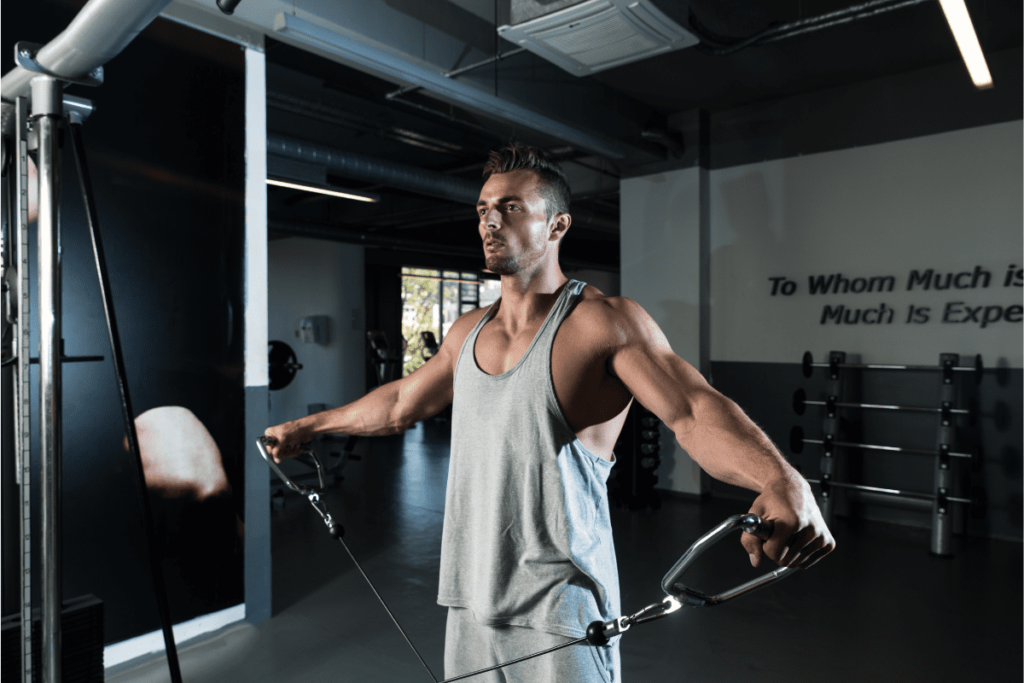
Paused Cable Lateral Raise
Pause at the top of each repetition for 2 seconds to enhance muscle engagement and contraction. This variation intensifies the burn and helps maximize muscle activation.
Seated Cable Lateral Raise
Seated version of this exercise minimizes the use of momentum and body sway, providing better isolation of the lateral deltoid. Sit on a bench facing the cable machine and raise the handle to the side.
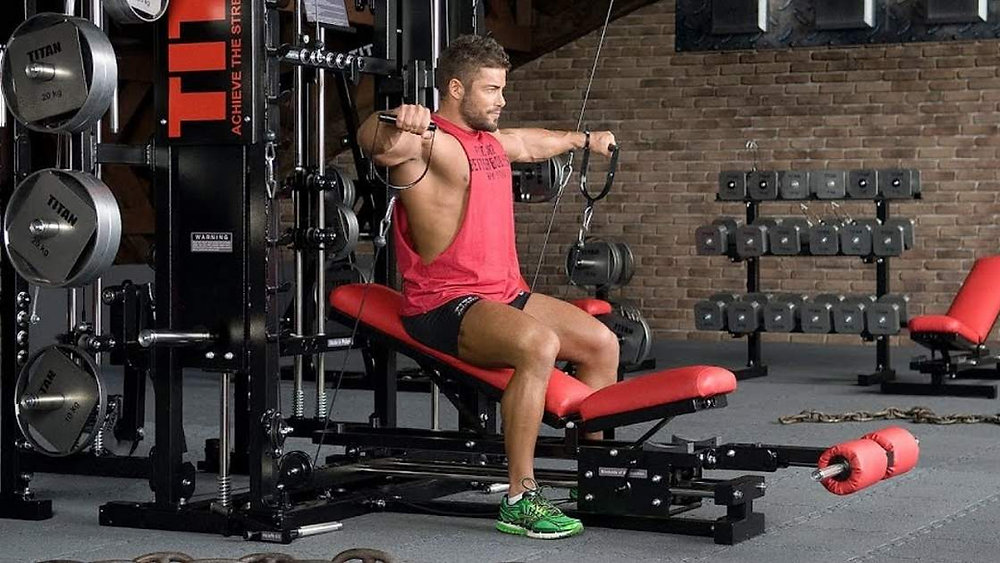
Controlled Negative Cable Lateral Raise
Focus on the eccentric (lowering) phase of the movement. Slowly lower the handle back to the starting position, emphasizing muscle control and engagement.
Combine with Front Raise
Combine this exercise with front raises in a single movement. Start by lifting the handle to the front and then smoothly transition into a lateral raise. This variation challenges multiple shoulder muscles like front and side deltoids together.
Standing Reverse Cable Lateral Raise
Stand with your back to the cable machine, holding the handle with both hands in front of your thighs. Lift the handle backward in a reverse lateral raise motion, engaging the rear deltoids.
Superset with Other Exercises
Incorporate cable lateral raise as part of a superset with other shoulder exercises or movements. This enhances the overall intensity of your workout and keeps your muscles activated.
Cable Y Raise
Maintain constant tension by using this unique variation that is also known as Cable Y raise. With amazing range of motion, this exercise can help you maintain constant tension on your deltoid muscles while also targeting serratus and traps muscles.
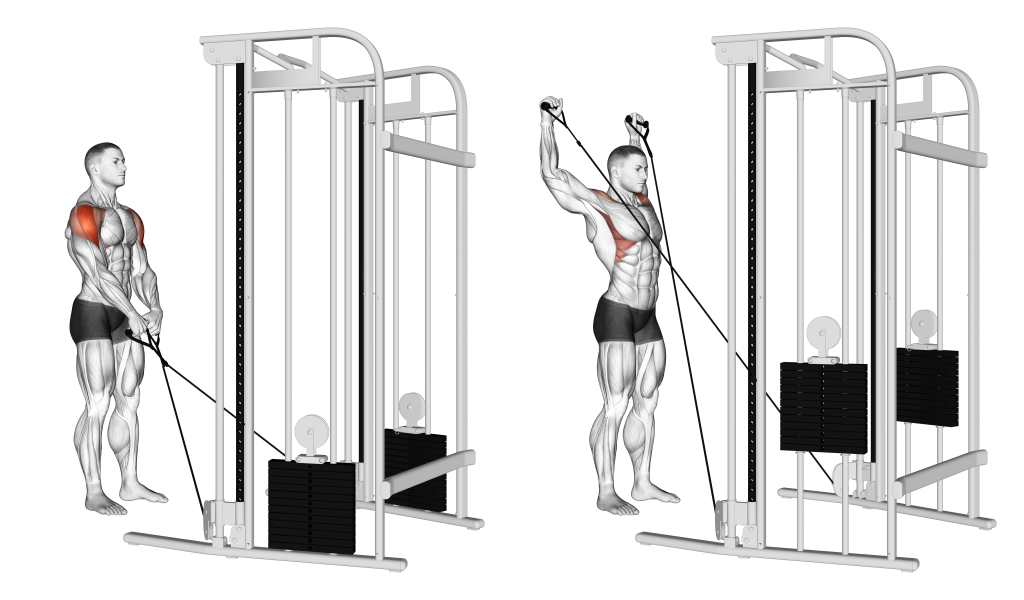
One-Arm Bent-over Cable Lateral Raise
In this variation, you need to bend your body like you do in bent-over barbell row and then perform the lateral raise with one arm with the cable. Keep your one arm on your hip while executing this exercise with another arm so that you can get better stability and balance. This variation allows you to target the lateral and rear head of the deltoids just like standing reverse variation does.
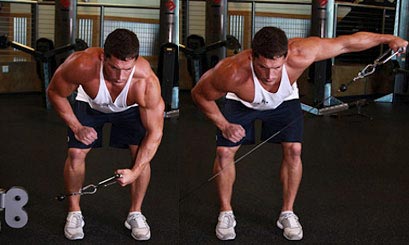
Isometric Holds
Hold the handle at the top of the lateral raise for a few seconds to create an isometric contraction. This variation boosts muscle endurance and control.
Conclusion: Crafting Well-Defined 3D Deltoids
It is now no secret that cable lateral raise is a dynamic exercise that can sculpt your lateral deltoids with precision. By understanding the correct form, engaging the right muscles, and paying attention to your body’s cues, you’ll maximize the effectiveness of this movement. Therefore, add this exercise in your shoulder day to get a pair of 3D, round and defined deltoids that can make you look more attractive. Always focus on the correct form and get help from your trainer for perfect execution so that you can enjoy all the benefits of this exercise. Hopefully, you found this article about cable lateral raise helpful enough. If you really did then don’t hesitate to express your valuable thoughts in the comment section below. Thanks for visiting and appreciating our work.
